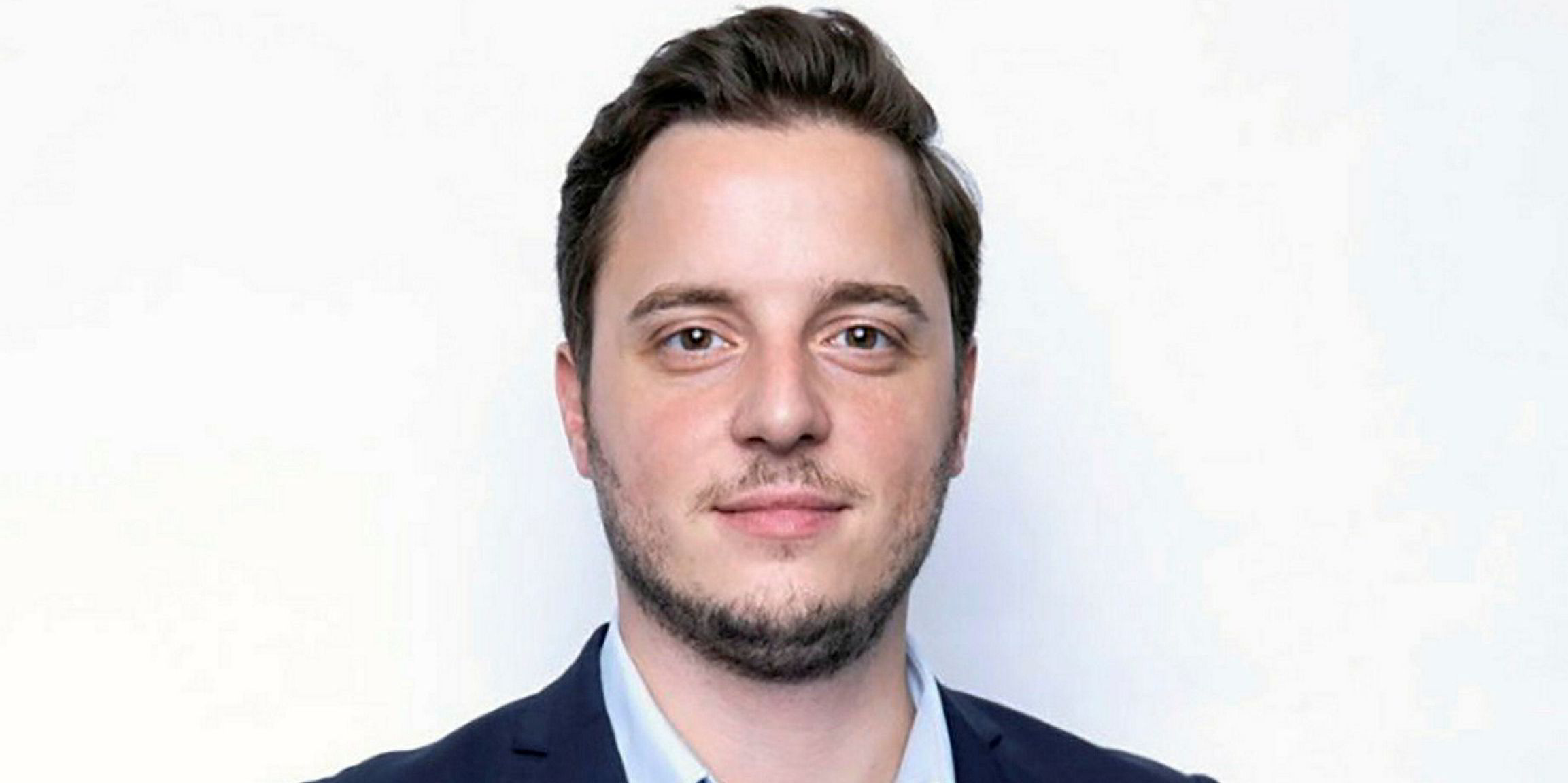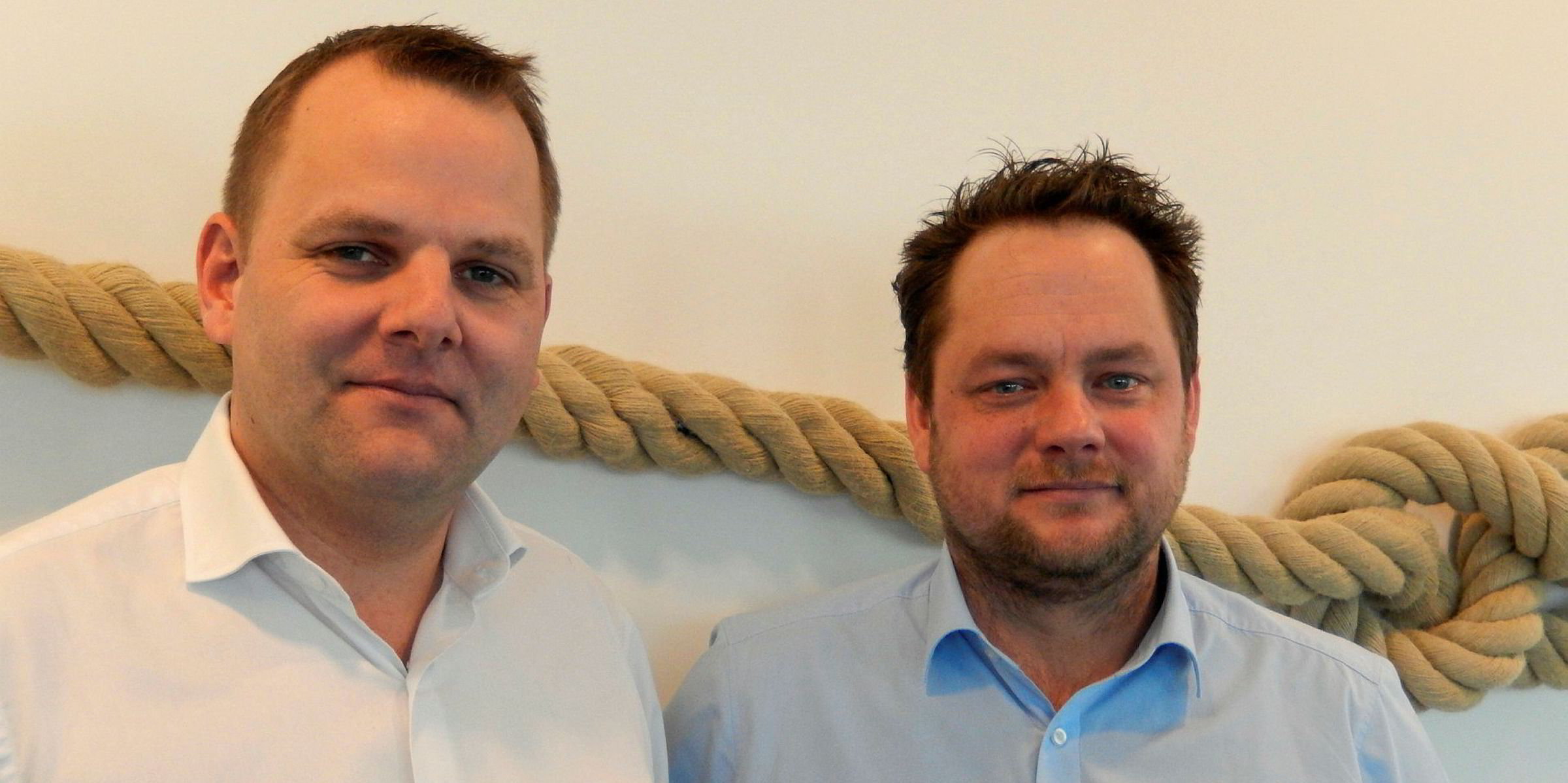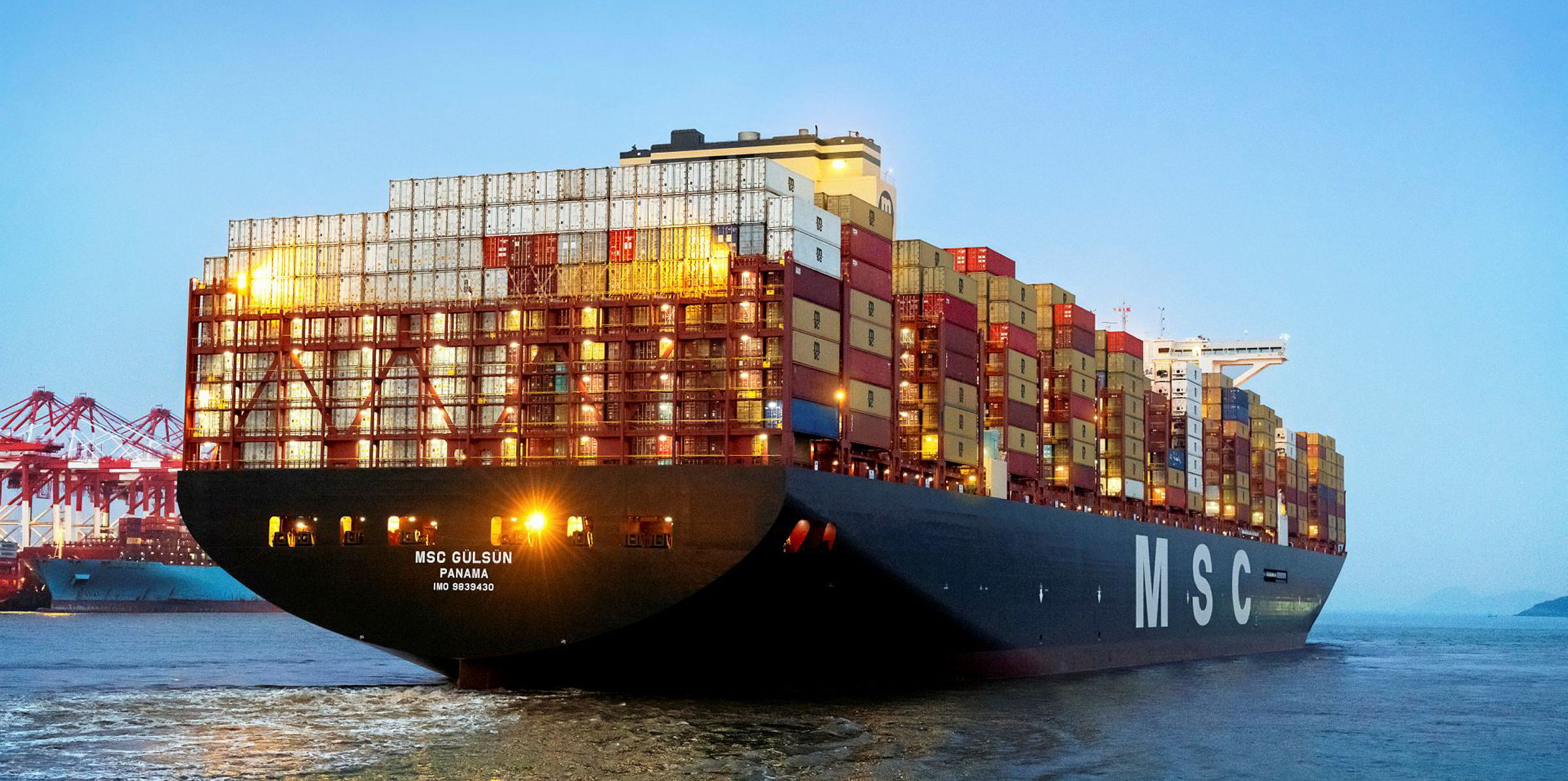German shipbrokers are divided over the impact of scrubbers on the containership charter market.
A relatively small proportion of boxships have been fitted with scrubbers, and have so far had little impact on the spot market.
But in the period market, scrubber-fitted ships are being fixed at a premium.
“You’re not at a disadvantage by not having a scrubber, yet,” said Pit Neubert, chartering director at Hanseatic Unity Chartering's container chartering, sale and purchase and projects.
The company runs a fleet of more than 200 containerships with barely any scrubbers.
There is evidence that charterers are hesitant to take containerships with the exhaust gas cleaning systems for prompt business.
During a surge in demand for extraloaders around Christmas, liner operators veered away from scrubber-fitted vessels.
Neubert said: “These ships don’t have a real spot market yet, so you need to find a liner company that can fit that ship with a scrubber into their system.
“If you’re running a service with five ships and only one has a scrubber, you need to order bunkers separately for that ship.
"So, sometimes there is a physical restriction on liner operators to take a scrubber-fitted ship.

“It makes some charterers hesitant to snap them [up] for the spot market, but rather go for long-term deals.”
Premium rates
But some owners that have opted to fit scrubbers to hedge their fleets are said to be securing long-term charters at rates some 30% in excess of the spot market.
Harper Petersen — a joint venture between MPC Capital's Contchart business and Zeaborn Group's commercial chartering desk — is fitting scrubbers to 19 containerships, ranging from 1,700 teu up to 6,500 teu in capacity.
Fourteen of the vessels will operate under a profit-share agreement with a charterer, and five at fixed-rates.
The premium on scrubber-fitted vessels is difficult to calculate as they are fixed on long term deals, while most scrubber-free ships operate in shorter spot markets, Harper Petersen managing director of chartering John Freydag said.
But there are indications that the premium may be between $5,000 per day and $8,000 per day for a traditional panamax boxship.
In January, the scrubber-fitted, 5,044-teu MP The Belichick (built 2007) was reported fixed for 30 to 32 months at $19,000 per day to Mediterranean Shipping Co. In the same month, the rate for a scrubber-free traditional panamax was $13,500 per day over six to 12 months.
That premium suggests it will not take more than three years to recoup an investment of approximately $5m to retrofit a scrubber.
But whether it will turn out to be a profitable investment depends on the fuel spread, yard delays and time off-hire.
“We will know in a few years whether it was the right decision,” Freydag said.
Scrubbers in a SECA zone
Owners represented by shipbroker Arkon Allied Container (AAC) are fitting scrubbers on about 20 of nearly 90 mostly smaller boxships.
The lion’s share of the line’s scrubber-fitted ships are fixed for periods of between six months and a year, and the bunker savings are split, with the charterer taking 15% and the owner 85%.
The exception involves four Jungerhans-managed feederships — including the 1,004-teu BG Diamond (built 2017) and BG Sapphire (built 2018) — on long-term charter to BG Freight Line, where the scrubber premium is incorporated into the charter rate.
Scrubbers are also being fitted on a number of feeder containerships in the fleet, including four sister vessels to the 1,036-teu Wes Amelie (built 2011), which has been retrofitted to LNG propulsion.
“Compared to bigger units, we seriously need to discuss what is the yearly bunker consumption,” said Wolfgang Klodwig, an AAC managing director. “If it’s under a certain level, the whole thing doesn’t fly.”
Most of AAC’s ships sail in the Baltic and North seas’ sulphur emissions control areas, where the 0.1% limit has been in force since 2015.
One of AAC’s owners, Reederei Hans Peter H P Wegener, installed scrubbers on the 956-teu Containerships VI (built 1999) and Containerships VIII (built 2006) in 2015.
“[The] ships we have are built to run on heavy fuel, which is generally easy to obtain for ships that regularly call [at] Rotterdam,” said Ole Gabs, who is another AAC managing director.
“More of a problem is getting 0.1% or 0.5% fuel oil. In Hamburg, prior to Christmas, you couldn’t get 0.5% sulphur fuel.”







